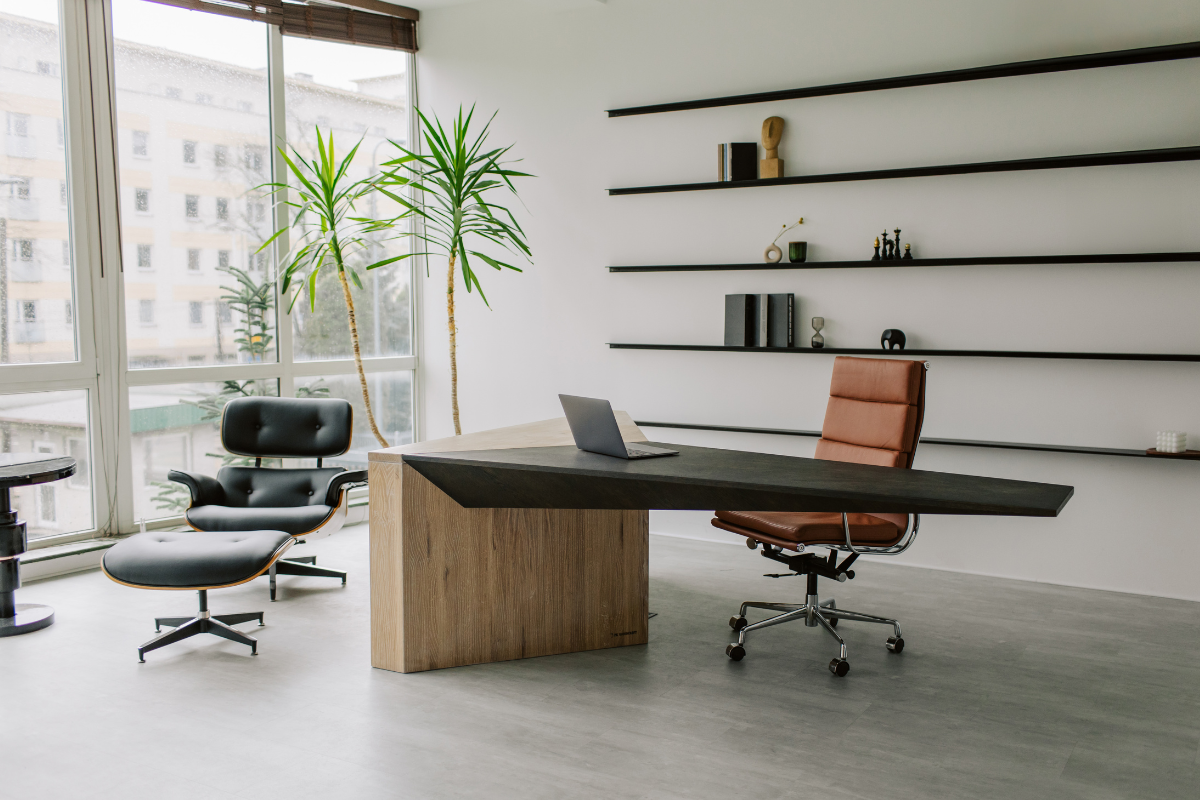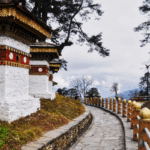In an urban environment defined by skyscrapers and rapid development, Singapore has long been lauded as a “Garden City.” This vision—first articulated by then Prime Minister Lee Kuan Yew—has extended beyond public spaces into the interiors of buildings, including workplaces. The concept of “naturescaping” offices, or integrating nature within the built office environment, is gaining serious momentum. As businesses rethink the modern workplace in a post-pandemic world, Singapore’s approach to harmonising built environments with the natural world sets a compelling precedent.
This article delves into the philosophy, practice, and impact of nature-integrated office design in Singapore, exploring how these spaces contribute to employee wellbeing, environmental stewardship, and organisational productivity.
The Rise of Biophilic Design in Singapore Offices
Biophilic design, a concept rooted in the innate human connection to nature, has seen increasing relevance in Singapore’s architecture and interior design sectors. It refers to the strategic inclusion of natural elements—such as plants, natural light, water features, and organic materials—into the built environment to create more enriching, restorative spaces.
In the context of offices, biophilic design is no longer a novelty or luxury but a necessity. With many employees spending over eight hours a day indoors, the office space has a profound influence on mental health, creativity, and engagement. Singapore’s high-density landscape and equatorial climate present both challenges and opportunities for implementing naturescaping. Thankfully, the city-state’s established green infrastructure and government support make it a fertile ground—quite literally—for experimentation and innovation.
One of the most visible examples of this trend is CapitaSpring, a 51-storey skyscraper in the CBD that incorporates a “Green Oasis” spanning several levels, including a sky garden with walking trails and urban farming plots. The workplace component of the building has been designed to create an immersive nature experience, with employees enjoying breakout areas amidst vertical greenery and treetop views.
The Science of Naturescaping: Why Nature at Work Matters
Numerous studies have validated the psychological and physiological benefits of exposure to nature, even in controlled environments. According to research by the University of Exeter, employees in green workspaces report a 15% increase in productivity compared to those in lean offices devoid of plant life. Natural light, greenery, and organic textures have been linked to reduced stress, lower heart rates, improved cognitive function, and elevated mood.
In Singapore, where the climate is perpetually warm and humid, indoor plants also serve as natural air filters, absorbing toxins and regulating humidity. The presence of nature in the workplace supports better air quality, which in turn improves overall health and decreases absenteeism.
From a neurological standpoint, natural environments trigger the parasympathetic nervous system—the part responsible for rest and digestion—helping workers feel more relaxed and grounded. In high-pressure office environments, this effect can lead to fewer burnout cases and enhanced mental clarity.
Integrating Naturescapes in Office Design: Practical Approaches
Designing a naturescape does not necessarily require large-scale transformations or expansive budgets. Many Singaporean SMEs and start-ups have adopted modest yet impactful strategies to bring nature into their spaces. Some of the most common and effective techniques include:
1. Vertical Gardens and Living Walls
Singapore’s space constraints make vertical green walls an ideal solution. These installations maximise greenery without sacrificing floor area. Companies like Greenology and GWS Living Art provide tailored solutions, integrating irrigation and lighting systems for low-maintenance upkeep.
2. Daylighting and Open Plans
Allowing more natural light into the office through skylights, glass partitions, and open-plan layouts reduces dependence on artificial lighting and promotes a sense of openness. This is especially beneficial in areas with limited views of the outdoors.
3. Natural Materials and Earth Tones
The use of timber, bamboo, rattan, and stone in furniture and finishes reinforces a connection to the natural world. Earthy tones—greens, browns, and blues—further enhance the calming effect of the space.
4. Indoor Water Features
The sound and sight of water have a meditative quality that enhances tranquillity. While less common in offices due to maintenance, some high-end offices have adopted miniature fountains or aquascapes.
5. Employee Gardening Areas
Some progressive offices in Singapore have incorporated indoor gardening corners or outdoor terrace farms where employees can engage in horticultural activities during breaks. This participatory approach boosts morale and fosters team bonding.
The Role of Technology in Natural Office Integration
Singapore’s status as a smart city has also enabled a fusion of biophilic design with cutting-edge technology. Smart climate control systems can maintain ideal humidity and lighting for plant health. Additionally, sensors can adjust lighting in response to natural daylight levels, optimising energy efficiency.
Moreover, virtual naturescapes—like digital wall projections of forests or ocean scenes—offer a sensory escape in windowless environments. While not a substitute for real plants, these digital elements serve as effective supplements.
Government and Corporate Support for Green Workspaces
Singapore’s push for sustainability extends well into the workplace. The Building and Construction Authority (BCA) promotes the Green Mark Scheme, which incentivises green building practices, including biophilic design. Office developments that meet these standards receive tax rebates and regulatory flexibility.
Organisations such as NParks also provide support through the Skyrise Greenery Incentive Scheme, subsidising the cost of rooftop and vertical greenery installation. Furthermore, corporations are recognising the return on investment in creating employee-centric, green environments. Tech companies like Google Singapore and Facebook Asia HQ at Marina One have created lush, collaborative spaces that embody the harmony between tech and nature.
The Impact on Workplace Culture and Talent Retention
As Singapore faces an increasingly competitive job market, workplace design has become a key differentiator for employers seeking to attract and retain talent. Millennials and Gen Z professionals—who form a growing segment of the workforce—prioritise wellbeing, purpose, and environmental responsibility in their careers.
Naturescaped offices embody these values by signalling that an employer cares not just about performance, but about the holistic wellbeing of its people. These spaces are more than aesthetic upgrades—they foster community, creativity, and empathy.
The presence of nature in the office can subtly reshape workplace culture. Informal meetings held in garden areas tend to feel more relaxed and open. Employees are more likely to engage in spontaneous conversation in communal green spaces, leading to cross-departmental collaboration and a more inclusive atmosphere.
Challenges and Considerations
While the benefits of naturescaping are clear, implementation is not without its challenges. Initial installation costs for greenery systems can be high, and long-term maintenance requires consistent attention. Moreover, integrating live plants demands careful planning around lighting, irrigation, and pest control.
Additionally, not all building layouts are conducive to large-scale biophilic interventions. Retrofitting older buildings often involves navigating structural limitations and regulatory hurdles.
Yet, with creative design and expert consultancy, even the most compact or conventional offices can embrace nature in meaningful ways. The key lies in viewing naturescaping not as a one-off aesthetic improvement, but as a strategic investment in organisational health and sustainability.
Conclusion: A Greener Future for the Office
Singapore’s journey towards greener, more human-centric workplaces is not merely a trend but a transformation. The naturescaped office, in essence, reflects a deeper shift in workplace philosophy—from productivity-focused factories to wellness-focused ecosystems.
In a city where nature and technology coexist in harmony, Singapore’s workplaces are evolving into environments that nurture both people and the planet. As we continue to reimagine the future of work, one truth becomes clear: a thriving workforce flourishes best when rooted in nature.
By embracing naturescaping, companies in Singapore are not just designing offices; they are cultivating habitats for innovation, happiness, and long-term resilience. And in doing so, they affirm the timeless wisdom that to work well, we must first feel well—surrounded by the life-giving beauty of the natural world.






